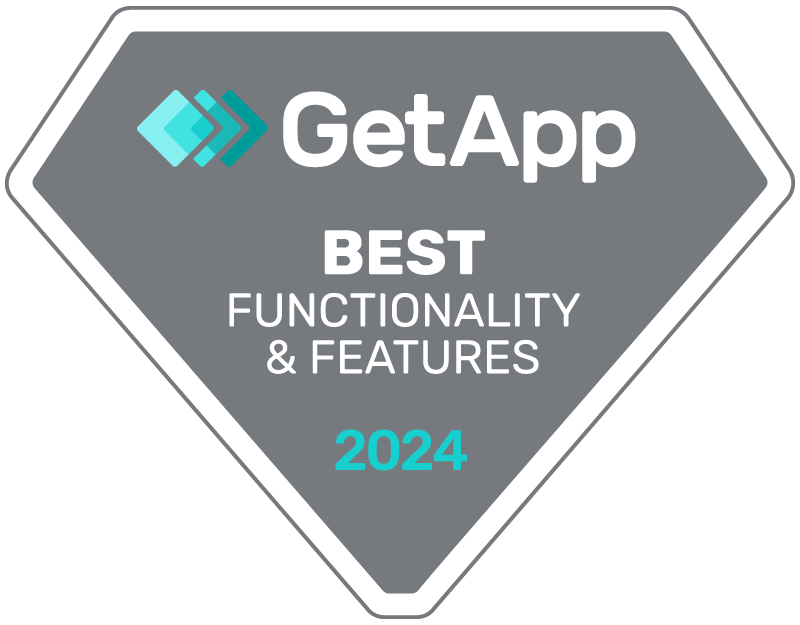Already planning your Annual Engagement Survey? Five ways to ward off your headaches in 2019

For most of us, January tends to be a time of reflection as we frantically jot down our “New Years Resolutions” ranging from the minor such as drink less caffeine to the major, and often life-changing, like emigrate to the other side of the world. That “major” might also include looking for a new job, be that within your current company or jumping ship to work for a competitor. While for all organizations a degree of turnover is perfectly natural, fluctuating rates often serve as a reminder of the importance of keeping your people engaged, motivated and in-situ.
Insight drives engagement
While feedback platforms enable you to add newer ways of collecting feedback through pulse surveys and continuous listening, for lots of organizations the Annual Employee Survey (AES) is still at the heart of their employee engagement strategy. It provides deep and invaluable insight that can be used to drive change, boost engagement and keep employees happy and in-situ.
But, as with any sizeable project, the AES can trigger any number of headaches for those HR and insight teams charged with running it. Here’s my top five most common “AES headache” triggers that with planning and foresight can be easily banished (no paracetamol required).

Discover what truly motivates your employees so you can skyrocket your productivity and profitability.
Learn more1. Include everyone to improve response rates
Naturally, you want and need your AES to have the highest possible response rates but reaching and getting people to fill in a survey can be difficult and time-consuming. I’d argue this is particularly true in industries such as manufacturing, hospitality, retail and distribution where large percentages of your blue collar workforce often don’t have a work email address or routine access to a PC as part of their job.
Tip: Look at mobile and digital ways around this, such as enabling employees to securely fill in the survey via their smartphones or by offering them kiosks or PCs on the shop floor, canteen or staff room.
2. Securely manage hierarchies and data
Arguably this is really two headaches for the price of one. Understanding who reports to whom is crucial to getting a clear picture of engagement across the organization. But, in a fast-changing world, mapping these hierarchies is particularly tricky. A re-organization, for example, could mean that structures and reporting lines change during the AES itself. At the same time ensuring that the whole process is secure and anonymous is vital – in today’s GDPR world staff are extremely protective (and rightly so) when it comes to the privacy of their personal data.
Tip: Reduce administration time by using technology that can automatically create and update hierarchies, giving the context you need, while ensuring data security.
3. Make insight actionable, fast
One of the criticisms frequently levelled against the AES is the time (and resource) it takes to run. The traditional waterfall approach means that results are first shared with the board, before being cascaded down to managers, often many months after staff gave their feedback. This delay can lead to frustration as employees don’t feel they are being listened to and it might even accelerate decisions to leave. While it is clearly important that senior management is leading the engagement process, this shouldn’t be at the expense of sharing results quickly.
Tip: By rapidly delivering key insights to local teams problems can be fixed more quickly, boosting engagement and showing people that their voices are being heard. In turn this creates a virtuous circle, making it likely that everyone will want to contribute to the AES next year and further strengthening the results.
4. Empower local managers to act
The team is the key unit for most organizations today, providing the agility that businesses need to compete successfully. That means that not only do managers within teams need to have fast access to relevant AES results, such as through role-specific dashboards, but they also need to be empowered to act upon them.
Tip: Soliciting feedback and acting on it needs to be democratized. After all, there’s no point collecting local insights that can improve local engagement if the local manager isn’t allowed to make the changes needed.
5. Avoid nasty surprises
There’s nothing worse than going through a long and resource-intensive process to create and run an annual survey, only to be blindsided by the results. Perhaps people respond particularly negatively to one question or have less than positive feedback on the performance of senior management. This type of sentiment can affect the entire exercise, meaning that genuine insights are lost in the bigger picture.
Tip: By running continuous listening exercises throughout the year, not only will you have a more up to date picture of engagement and employee satisfaction, but you can also use this information to focus your annual survey. You can ask the questions that matter to your people, as well as to senior management, ensuring you get actionable insights that move the business forward.
Organizations are increasingly extending the role of feedback within their employee engagement programs and the annual survey remains central and as crucial as ever. HR and insight teams need to ensure that the AES gets off to a flying start so it can run smoothly and efficiently. Hopefully, these five tips will ward off any potential headaches meaning you get to focus on using your people’s insight to drive up engagement rather than just measuring it. To find out how we can help you seamlessly deliver your AES take a look at our Employee Engagement software.









